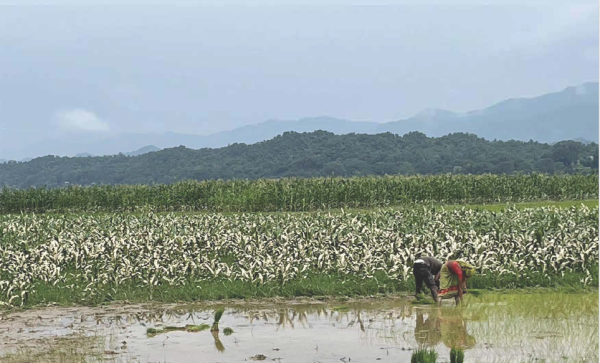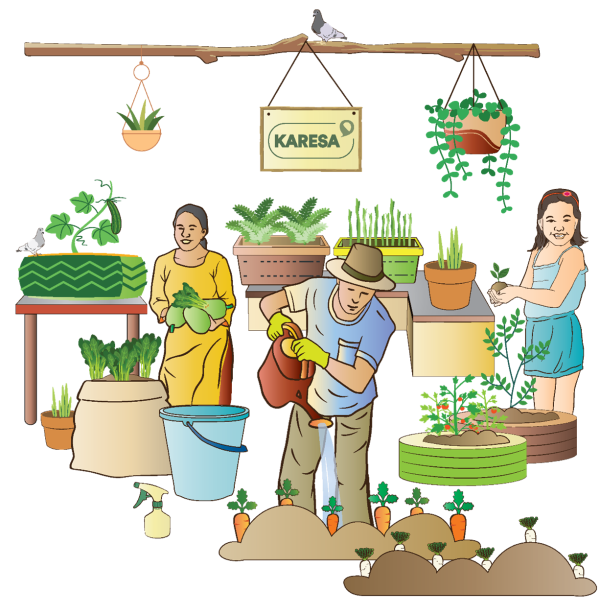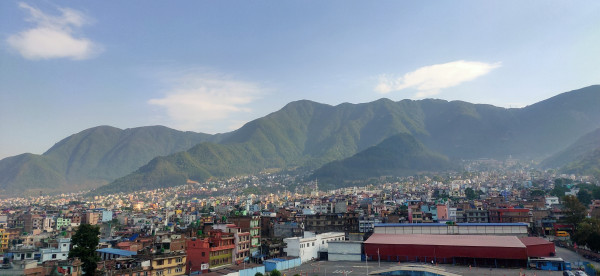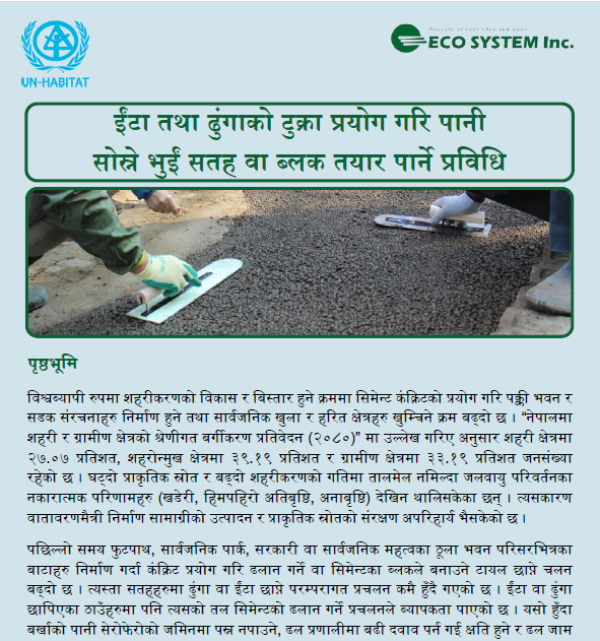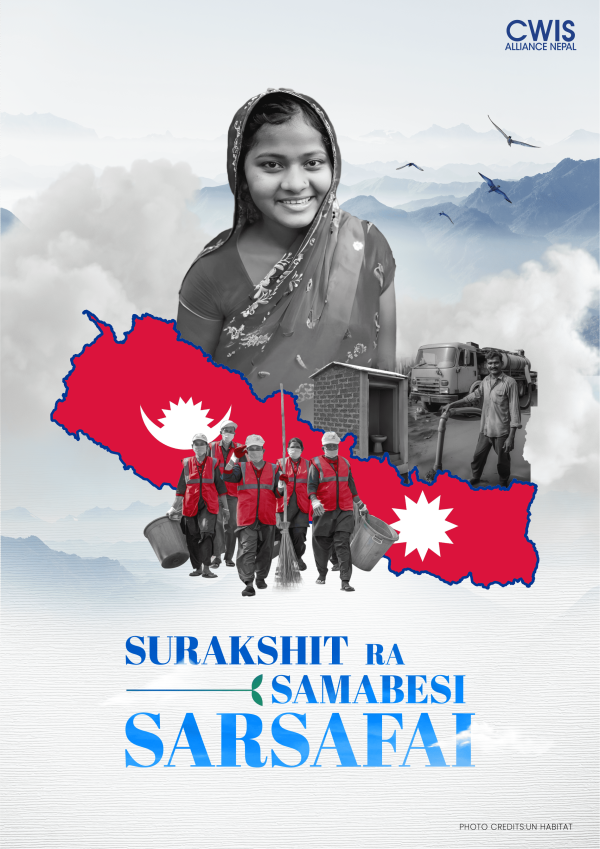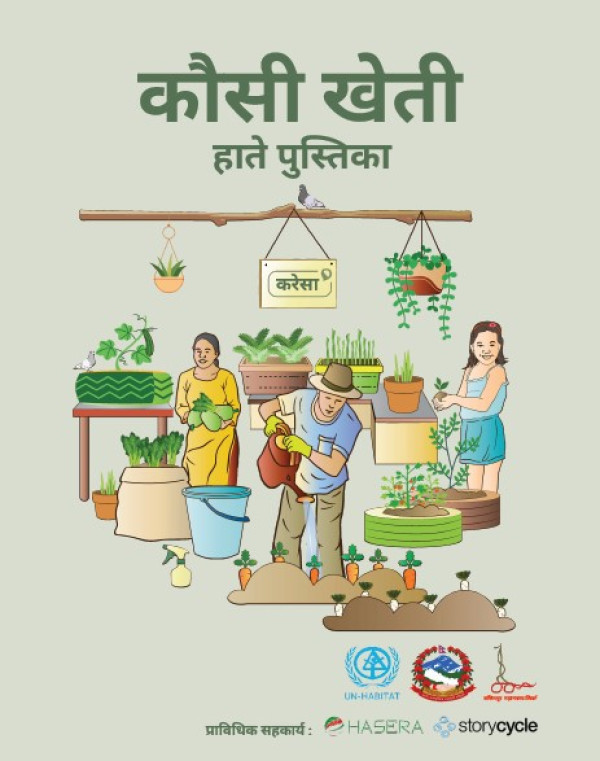Construction of temporary shelters gaining momentum
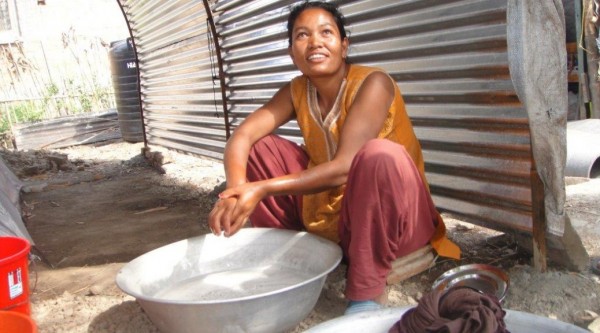
29th May 2015, More than a month after the 25th April earthquakes in Nepal, residents of the Gamcha village in Kirtipur are speeding up the construction of temporary shelters. The initiative supported by UN-Habitat through Mojang funding and implemented by Center for Integrated Urban Development (CIUD) provides technical and material support to communities in building 12 semi-permanent shelters to needy families. The village was hardly hit by the first Earthquake and the resulting aftershocks with barely any house standing. This has had huge repercussions with locals as they had no safe space to live in. But the shelter program launched by CIUD/UN-Habitat has raised a hope for the local people. Feeling safer One of the families impacted was Krishna Devi Maharjan and her family of four including herself, her husband and two children aged eighteen and thirteen. The Maharjans described the fear they were in, as the earthquake brought down their houses. With no place to live, they were all forced to sleep in their tomato farm nearby. However, the temporary shelter program has given them a safe space to live in. Although their shelter is still in the final stages of completion, Krishna Devi and her family have already started living there and are positive about the prospect of having a completed temporary house. More needy population Four year old girl, Angel Maharjan, who lives in the same village, survived the earthquake as she was trapped in her home which luckily did not collapse. However, the locals described that, had she come out of her home, she would probably have faced a collapsing temple just in front of her home. The home itself has been heavily damaged but is still standing. Other locals too described how they were lucky enough to have escaped major injuries or even death as their homes came rumbling down. Miss Maharjan’s family, currently living in a tent, like others in her community is also looking for support in building temporary shelters.
